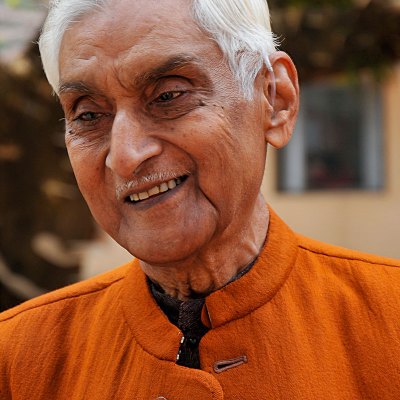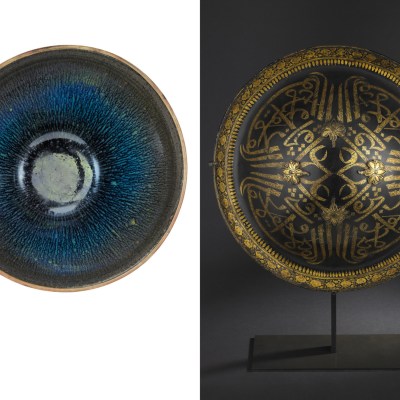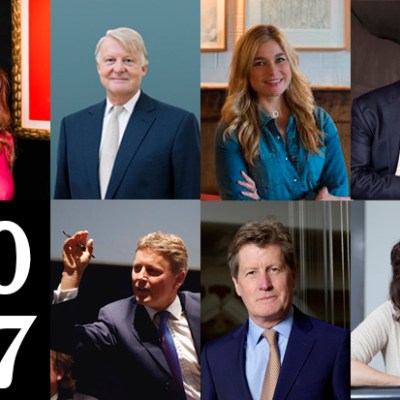In April 2015, Bonhams in London staged a spectacular sale. Part of its Islamic and Indian Art auction, the 30 lots of arms and armour had once been owned by Tipu Sultan, the Muslim ruler of Mysore and the East India Company’s most ferocious and defiant enemy. The Tiger of Mysore, as he was known, carried a distinctive bubri tiger stripe design on his artworks and weapons alike, and was killed on the walls of Seringapatam on 4 May 1799 defending the city against the young Colonel Arthur Wellesley – the future Duke of Wellington. A heroic figure in India, Tipu was also admired by his enemies, who lost no time in plundering and exporting to the British the astonishing wealth of exquisitely crafted weapons and artworks found in his palace.
The Bonhams sale featured sabres, gem-set trophy swords, embroidered arrow quivers, exquisite quilted helmets, blunderbusses, sporting guns, pistols, and a three-pounder bronze cannon. Many of the pieces were once in the collection of Robin Wigington, a leading authority on Tipu Sultan’s firearms. Estimated at almost £1m, the sale totalled more than £6m, with four principal bidders driving up prices, including the British-Malaysian entrepreneur Sir Ninian Mogan Lourdenadin. The top lot was a gem-set sword with a tiger’s head pommel (1787–93) from Tipu Sultan’s treasury. It sold for £2.2m, its exceptional price reflecting the tremendous financial impact of a significant historical provenance. Matthew Thomas, a specialist in Bonhams’ Islamic and Indian department, comments: ‘Daggers and swords are sought after, presumably because of their intrinsic elegance and the materials commonly used in them (notably ivory, jade and gold damascening), and because they often have inscriptions and dates tying them to certain figures, courts or periods.’
Exceptional prices for Indian arms and armour at Sotheby’s and Christie’s have followed a similar pattern. In 2004, the £4.7m Christie’s sale of treasures from the Mughal court from the extraordinary collection of Clive of India (1725–74) included a delicately carved pistol-grip dagger. Decorated with elegant floral sprays of rubies, diamonds and emeralds, it was made during the reigns of the great Mughal emperors Shah Jahan and Aurangzeb and achieved £733,250 on an estimate of £35,000–£50,000.
Dagger with zoomorphic hilt, second half of the 16th century, India, Deccan, Bijapur or Golconda, gilded copper hilt inlaid with rubies, steel blade, length 39.6cm. Sotheby’s London (£802,850) Credit: The Metropolitan Museum of Art

‘A Mughal dagger would be a sought-after piece,’ says Romain Pingannaud, a specialist at Christie’s. ‘Influenced by Persian makers, they are the most beautiful objects. They were highly regarded at the time and highly prized throughout the centuries since.’ More recently, in 2011, Sotheby’s London sold a Deccani dagger from the noted collection of American scholar Stuart Cary Welch, with an elegantly grooved, curved steel blade. The gilt-copper openwork hilt is elaborately sculpted, with fantastical and naturalistic beasts interweaving and attacking one another, their eyes gleaming rubies. It achieved £802,850 – ten times the high estimate. ‘This dagger is quite different, very Indian,’ Pingannaud says. ‘It is incredibly beautiful, a real piece of sculpture, but a different aesthetic altogether.’ For historical reasons, London is the centre of the market, he adds. ‘For Indian arms, our clients are mostly from Europe, the Middle East or North America. Private buying is surprisingly strong for the best pieces.’
‘Traditionally Indian arms and armour have decorated English country houses,’ says Red Finer of renowned dealership Peter Finer. ‘It has been very easy to buy in quantity highly decorated Indian arms and armour for small sums. Since 2000, however, the best pieces in best condition have been rising in price. The finest piece we sold last year was a lacquered buffalo-hide shield from Mysore, covered in gilt calligraphy, with a Shi’ite inscription.’ This extraordinary object, dated to the second half of the 18th century, was one of two winners at the Asian Art in London Art Awards last November, and deservedly so. ‘The field yields these very exciting, cross-cultural objects,’ Finer says.
shield Lacquered hide shield (dhal), second half of the 18th century, India, probably Mysore, buffalo hide, gold and velvet, diam. 45cm. Peter Finer (£200,000)

Thomas Del Mar, a specialist auctioneer of arms, armour and militaria, comments that increasingly there is interest from Indian clients in India and abroad. Among more unusual objects, in 2014 he sold a rare axle boss for a gun carriage, cast in relief in the form of a snarling tiger’s head from ordnance taken at the fall of Seringapatam. The piece had been in Wigington’s collection and achieved £8,640. ‘There is also a large contingent of Sikhs who are very interested when something fresh comes to market,’ adds Del Mar. There was a wild flurry in March 2014 when the small Shropshire auction house Mullock’s advertised for sale an early 19th-century Northern Indian curved talwar sword, with a Punjabi inscription to Maharajah Ranjit Singh (1780–1839), the charismatic founder of the Sikh Empire (estimate £10,000–£15,000). No claim of actual ownership had been made, and indeed the sword is unlike other swords known to have belonged to the Maharajah, but online bidding had to be closed down owing to the international scramble to reclaim an object related to such a revered figure. Sealed bids, the final price undisclosed, gave the sword to Punjabi Indian-Canadian Sikh property developer Bob Singh Dhillon.
Decorated axle boss for a gun carriage, late 18th century, India, bronze ordnance taken at the fall of Seringapatam, ht 11.2cm. Thomas Del Mar (£8,640)

‘Islamic items have always been popular due to interest from the Middle East,’ says Runjeet Singh, a Coventry-based dealer, ‘but with the rise of the Indian middle classes, and the success of Indians settled and born in the West, Hindu and Sikh objects are also becoming highly collectible. The historical Indian arsenal is arguably the most varied of the world cultures, with huge variations in shapes, forms and combinations.’ Interest among Western collectors has been strong since the 19th century, ensuring a good supply in the West. Singh explains that although ‘direct supply from India has largely ceased since the Antiquities and Art Treasures Act of 1972,’ collections built in the 1960s and 1970s ‘are now maturing and some beginning to disperse, so it is now possible to purchase high-quality and rare items’. He has, for instance, a rare katar dagger engraved with depictions of Lord Shiva, the blade made of so-called wootz Damascus or ‘watered steel’ (£12,000). Dated to around 1850, it comes from a European collector ‘who was collecting in India in the 1960s’. It is difficult to export Indian items back to India, but Singh notes surprising interest from Russia and China, ‘where a small number of intelligent collectors are building collections of Indian arms and armour’ while prices are still relatively modest.
London dealer Amir Mohtashemi also reports interest from most regions in this niche market, but only for the very best items. Collectors might specialise in arms and armour or have complementary collections of Islamic or Indian metalwork and jewellery. He has currently a late 18th- or early 19th-century katar, made in one of the princely states under Mughal influence, the handle set with emeralds, rubies and rose-cut diamonds (£75,000). Leng Tan at London dealership Simon Ray observes: ‘Most of our weapons we sell to collectors of other artworks.’ Many want to own examples of weapons found in Indian paintings. ‘They might focus on one period, such as the Mughal period. They would want a fine dagger with a rock crystal or green jade hilt, perhaps carved into an animal – which Welch discovered would belong only to princes.’ The gallery currently has available a beautiful and unusual bhuj, or knife axe, from Western India, the blade, decorated with silver-gilt panels, set into a gilt-copper elephant’s head cast in the round. At £15,000, this is a substantial object of fine craftsmanship, as well as a symbol of power.
From the February issue of Apollo. Preview and subscribe here.



